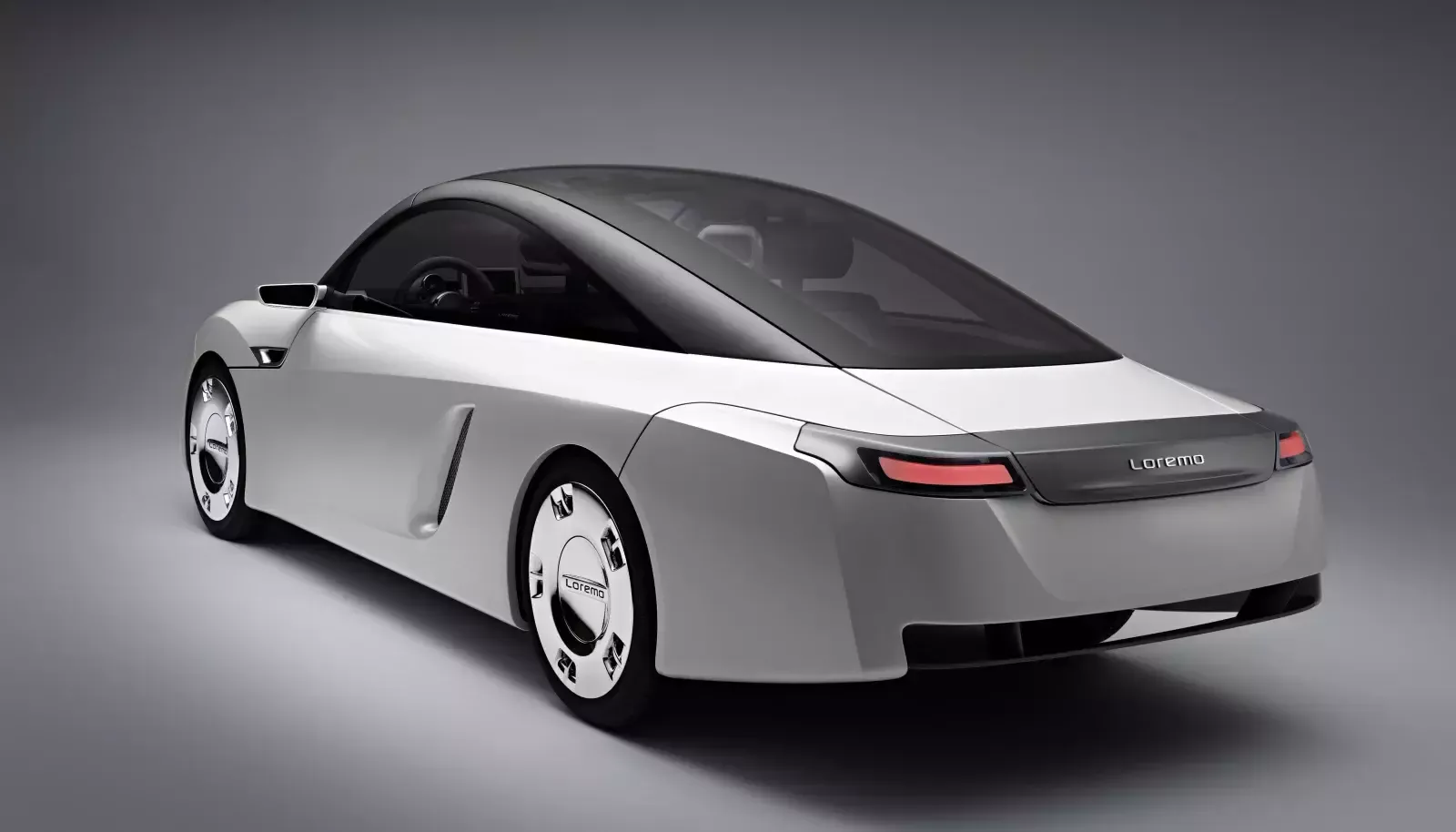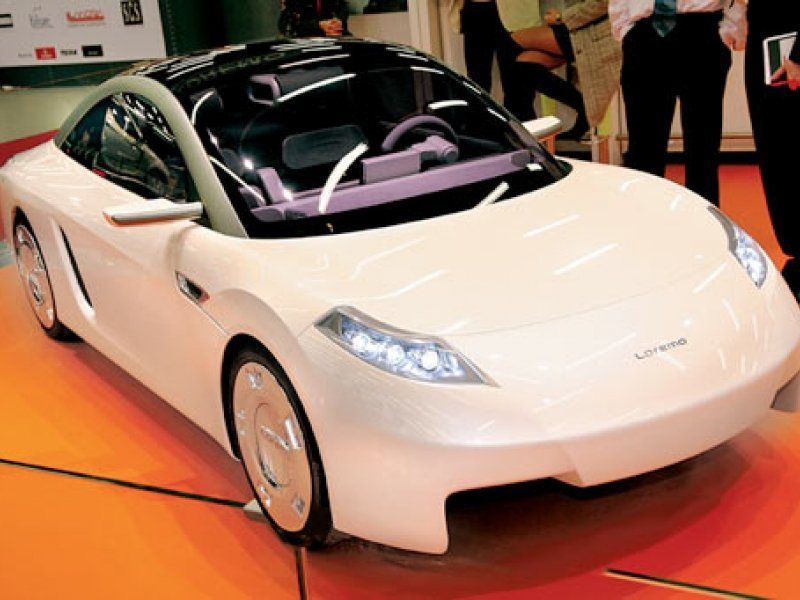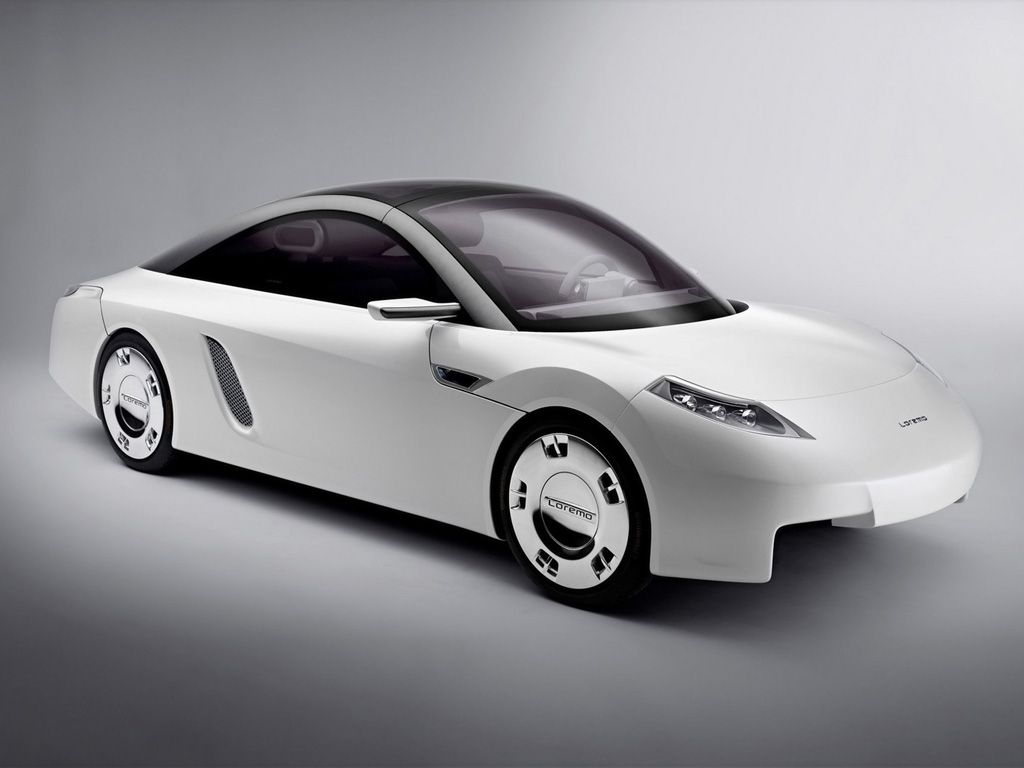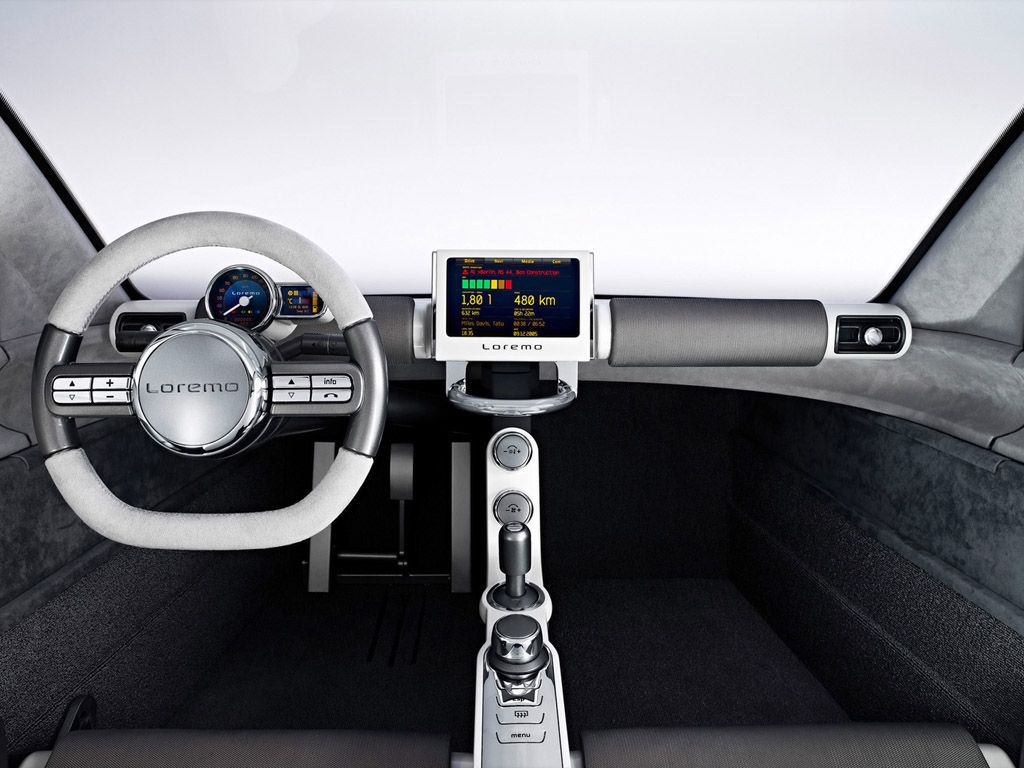The Loremo LS Concept car was an ultimate example of a fuel-efficient and low-maintenance automobile by the German automaker. The German start-up, Loremo, stands for low (Lo) resistance (re) mobility (mo). The company designs its cars using minimal resources during production, and the vehicles are also built in a way that adheres to the company's philosophy of producing lightweight, aerodynamically efficient vehicles that provide extraordinary fuel efficiency and superior handling. An exemplary model of Loremo was its LS Concept car that was unveiled at the Geneva Motor Show, with the company claiming its fuel efficiency to be an unbelievable 157 MPG.
The concept model sported an unusual but innovative design with an array of components that significantly contribute to the car's enhanced aerodynamics and lightweight. In addition, a new diesel engine was also introduced that skyrocketed the car fuel efficiency and range to a whole new level.
The Fuel-Efficient Powertrain
The concept four-passenger LS model was equipped with a two-cylinder turbo-diesel engine with just 20 HP and 100 mph of top speed. In addition, the car was fitted with a shockingly small fuel tank of only 5.28 gallons. The car's engine power and fuel capacity were way less than any other model of its category, but the concept LS was way ahead of any other passenger car in terms of fuel efficiency and range. Aided by the innovative ultra-light and aerodynamically-efficient body design, the advanced two-cylinder turbo-diesel engine used only 0.39-gallon diesel to run for 62 miles. With a full tank, the concept LS could cover close to 800 miles of distance with an incredible 157 MPG. It owed its astonishing MPG to its never-seen-before aerodynamic value Cw 0.20. The car could do 0 to 62 mph run in just 20 seconds, which was a tad bit sluggish but was justified considering its superior fuel efficiency.
The Aerodynamic Design And Efficient Design
The promise of fuel-efficient transportation of the Loremo LS concept was entirely based on its lightweight, aerodynamic body design. The car was built around a lightweight steel chassis that weighed only 209 lbs. The chassis was built using a marvelous patented innovation named 'Linear Cell Structure'. The company didn't use conventional carbon fiber or aluminum; instead, new thermoplastic body panels were used that molded to the linear cell chassis structure. This new material was lighter than any other material available, plus, was weatherproof and scratch-resistant. Further, the company used a thin film to give the vehicle its color, substituting the hazardous and expensive conventional car body paints. Including all these, the car was only 151 inches in length and 62 inches in width, with a total weight of only 992 lbs.
Despite being lightweight and having a thermoplastic build, the car matched the safety standards in crash tests together with its high torsional stiffness and low center of gravity. On the sides, the car was wrapped with longitudinal supports up to fender heights to protect the linear cell structure in the event of a side crash. The centrally mounted engine was housed by cross supports that also strengthened the longitudinal beams. The centrally mounted engine allowed the 50:50 load distribution, and the 105/70 R14 tires were capable of providing excellent road handling with perfect straight-line driving. But the most surprising part of the car was that it didn't have any doors. The entire hood and windscreen were tipped forward to enter the front seats, allowing the rider to access the car's interior.
Similarly, the rear-seat passengers could enter the vehicle through the vertically opening tailgate. The vehicle achieved its aerodynamic efficiency by the smooth sloped design running from front to back with lowered tire fins. This design minimized the wind resistance and reduced buoyancy. On the front, the conventional radiator grille was replaced by a large opening that allowed the free and unresisted flow of air on the underside.
The Car's Clean Interior
Loremo focused on minimalism while designing the LS's interior to facilitate a spacious and comfortable experience without increasing the car's weight. To achieve that, the interior was designed with only essential items and with two-ply plastic material and woven fabric. For the front and rear bucket seats, high-quality Alcantara was used along with high-end fabric upholstery. The front and rear seats were placed in opposite directions; that is, the rear seats were rear-facing, complimenting the tailgate entry. Known as the Janusseater arrangement, the seats were superlight and ergonomic, ensuring the highest passenger comfort. The rear-facing rear seats crossed off the problem of legroom, headroom and offered a comprehensive panoramic view through the side and rear windows.
The car's interior could be equipped with an air-conditioning system, a simple stereo system, an onboard PC with a navigational system, and a driver information module on customer demand. It further featured dual airbags and a particulate filter for the engine. Without a doubt, the Loremo LS Concept was a car for the future. Its incredible fuel-efficient design and powertrain could compete with any hybrid or EV of the present day. But, most importantly, the low fuel usage also entailed less carbon emission, which is pivotal in reducing automobile-induced environmental pollution.




